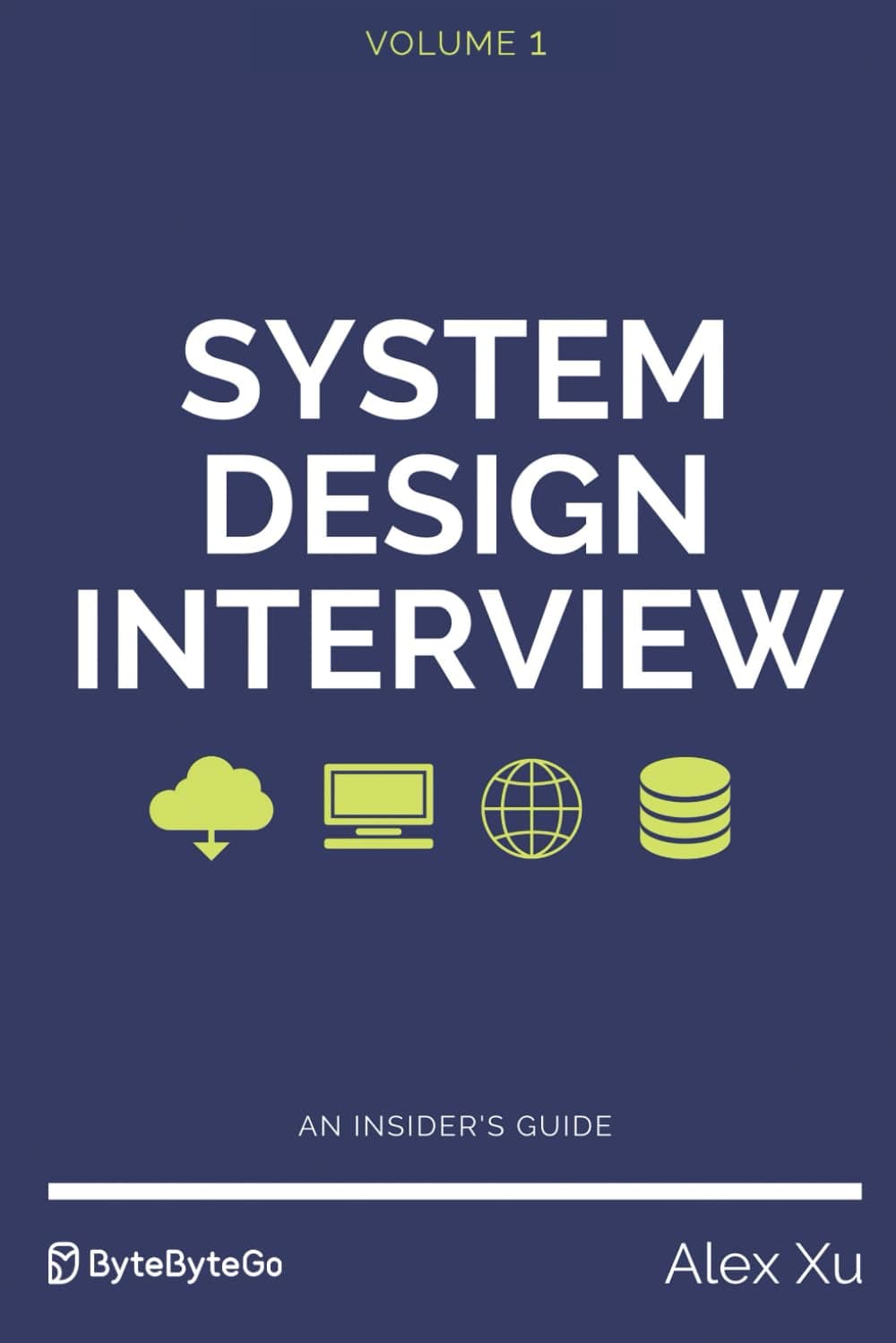Fanout is the process of delivering a post to all friends. Two types of fanout models are: fanout on write (also called push model) and fanout on read (also called pull model). Both models have pros and cons. We explain their workflows and explore the best approach to support our system. Fanout on write. With this approach, news feed is pre-computed during write time. A new post is delivered to friends’ cache immediately after it is published. Pros: •The news feed is generated in real-time and can be pushed to friends immediately. •Fetching news feed is fast because the news feed is pre-computed during write time. Cons: •If a user has many friends, fetching the friend list and generating news feeds for all of them are slow and time consuming. It is called hotkey problem. •For inactive users or those rarely log in, pre-computing news feeds waste computing resources. Fanout on read. The news feed is generated during read time. This is an on-demand model. Recent posts are pulled when a user loads her home page. Pros: •For inactive users or those who rarely log in, fanout on read works better because it will not waste computing resources on them. •Data is not pushed to friends so there is no hotkey problem. Cons: •Fetching the news feed is slow as the news feed is not pre-computed. We adopt a hybrid approach to get benefits of both approaches and avoid pitfalls in them. Since fetching the news feed fast is crucial, we use a push model for the majority of users. For celebrities or users who have many friends/ followers, we let followers pull news content on-demand to avoid system overload. Consistent hashing is a useful technique to mitigate the hotkey problem as it helps to distribute requests/ data more evenly.2736 ↱

System Design Interview
An Insider's Guide
Alex Xu